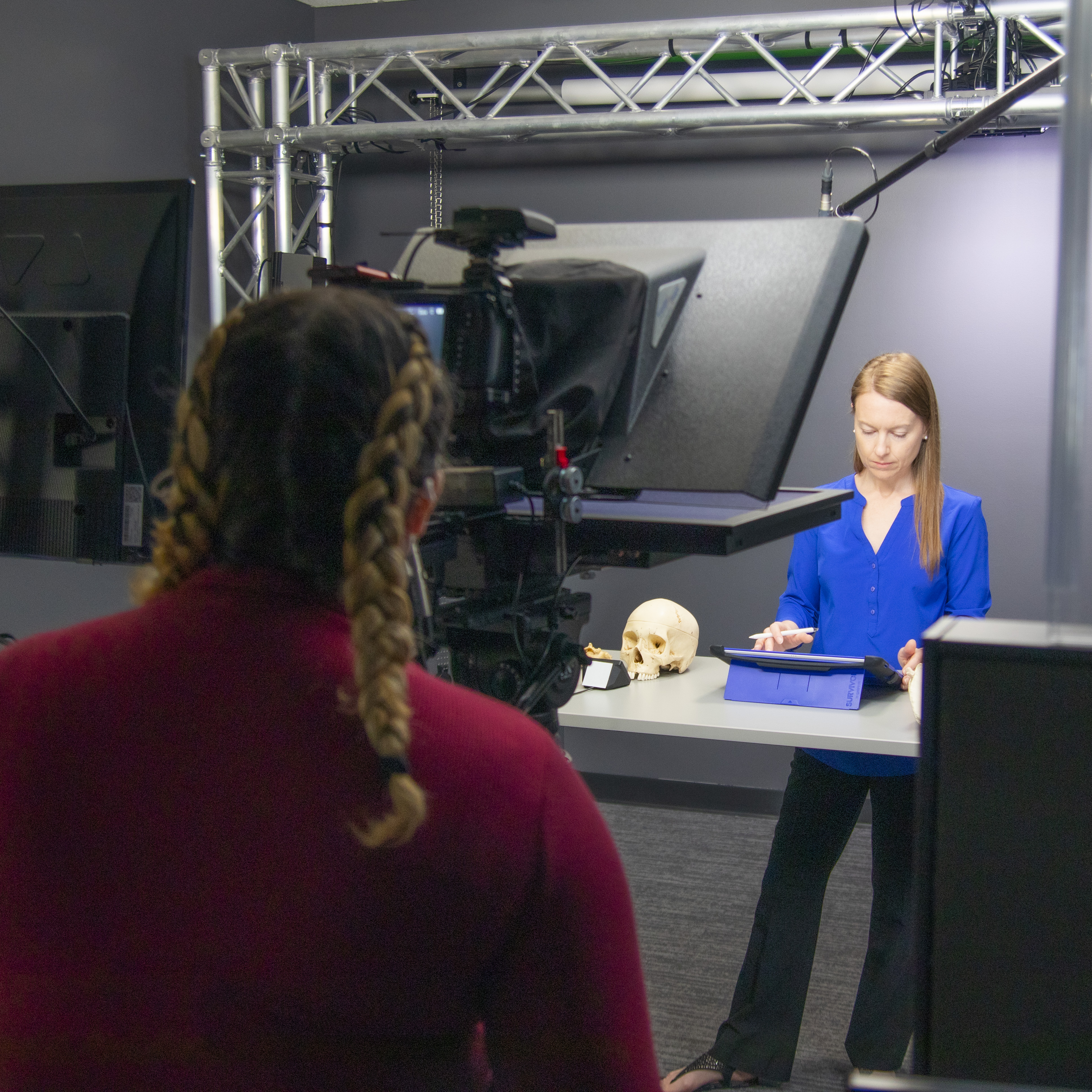 Center for Instructional Technology and Training
Center for Instructional Technology and Training

It’s important to keep your content fresh when teaching an online, flipped, or hybrid course, and that includes your video recordings. A good rule of thumb is to review the video content in your course at least once every three years and make updates as necessary, but if your course covers current events or an emerging field, you may want to review your videos more often.
Re-recording all lecture materials for a course at once can give the entire course a new fresh look, but it’s not always feasible. If you can’t dedicate the time to revamping everything at once, I recommend identifying and prioritizing the videos you most want to update, and then working through them in small batches each semester. Planning to update a small number of videos each semester can also help you avoid needing to do a large amount of recording if you make this a regular part of your work each semester.
When you decide to record, there are quite a few options to choose from. First, let’s look at our studio recording options.
The CITT’s Academic Media Production studio offers two professional recording studios with greenscreens and multiple backdrops that can create high quality videos with a short turnaround time (typically within a week). Each studio is equipped with a podium, a table for interview-style recordings, an iPad and Apple pencil for slide annotation, and a professional teleprompter. A studio technician is present for all recordings to monitor equipment, run the teleprompter, and help you get the best recording possible. Finished recordings are loaded into Mediasite and video links are shared with you via email. Check out AMP’s Video Ideas Catalog or their 2021 highlight reel (00:50) for inspiration!
AMP also has a full-time videographer on staff to handle location shoots. Collaborating with AMP to create a location shoot video for a course is a significant undertaking, and requires multiple planning meetings, storyboarding, a location scouting appointment, and a recording appointment. Talk with your instructional designer to see if a location shoot will meet the needs of your course. We have experience with these projects and can assist you throughout the process. A typical course development will include at most one location shoot. Given the time and planning involved, it’s challenging—and sometimes not feasible—to do more than one while also developing course content!
Now let’s look at DIY recording options. There are several options for recording on your own. These options provide the most flexibility in terms of scheduling and can still be used to create high quality videos.
New in 2021, AMP now offers an On-Demand Studio that all UF faculty can book and use on their own. The studio is in the Hub on campus and requires only that you bring a thumb drive with you to save your recording onto.
If you have recorded in a studio at UF, you probably received Mediasite links for each of your recordings. UF uses Mediasite to host and stream our recordings for classes. If you want to keep a video and use it for several years, this is where you want to store it! If you haven’t requested a Mediasite account, go ahead and request one. Request a folder name that matches your course name (you can create folders for additional courses later).
Mediasite also offers a DIY recorder so you can make recordings at home using their software. Up until June 2021, this recorder was called the Mediasite Desktop Recorder, but has now been replaced with a newer software called Mediasite Mosaic. Both products will upload your recordings directly into your Mediasite folder.
And finally, Zoom! You’re probably most familiar with this option, but I am mentioning it last for a reason. Zoom is a fantastic tool for recording synchronous meetings and does a great job at recording screen shares and presentation slides, pretty much whatever you ask of it. But it also has a six-month retention policy which will be enforced beginning in November 2021, so it’s not the best choice for recordings you want to keep long-term. If Zoom is your preference for at-home recording, that’s okay, there’s a fix! You can set it to automatically move your videos into Mediasite. Check out the Zoom with Mediasite Integration section on the VCS Zoom Recording page for step-by-step instructions.
And finally, let me close with a pitch to work with an instructional designer at the CITT. An instructional designer will work with you to tweak your lecture materials to make them as accessible as possible (including guiding you through requesting closed captioning), share best practices, and help you improve the teaching and learning experience for you and your students. If you’d like a helping hand in tackling video updates, let us know!
Tags: AMP, Online Teaching, Video